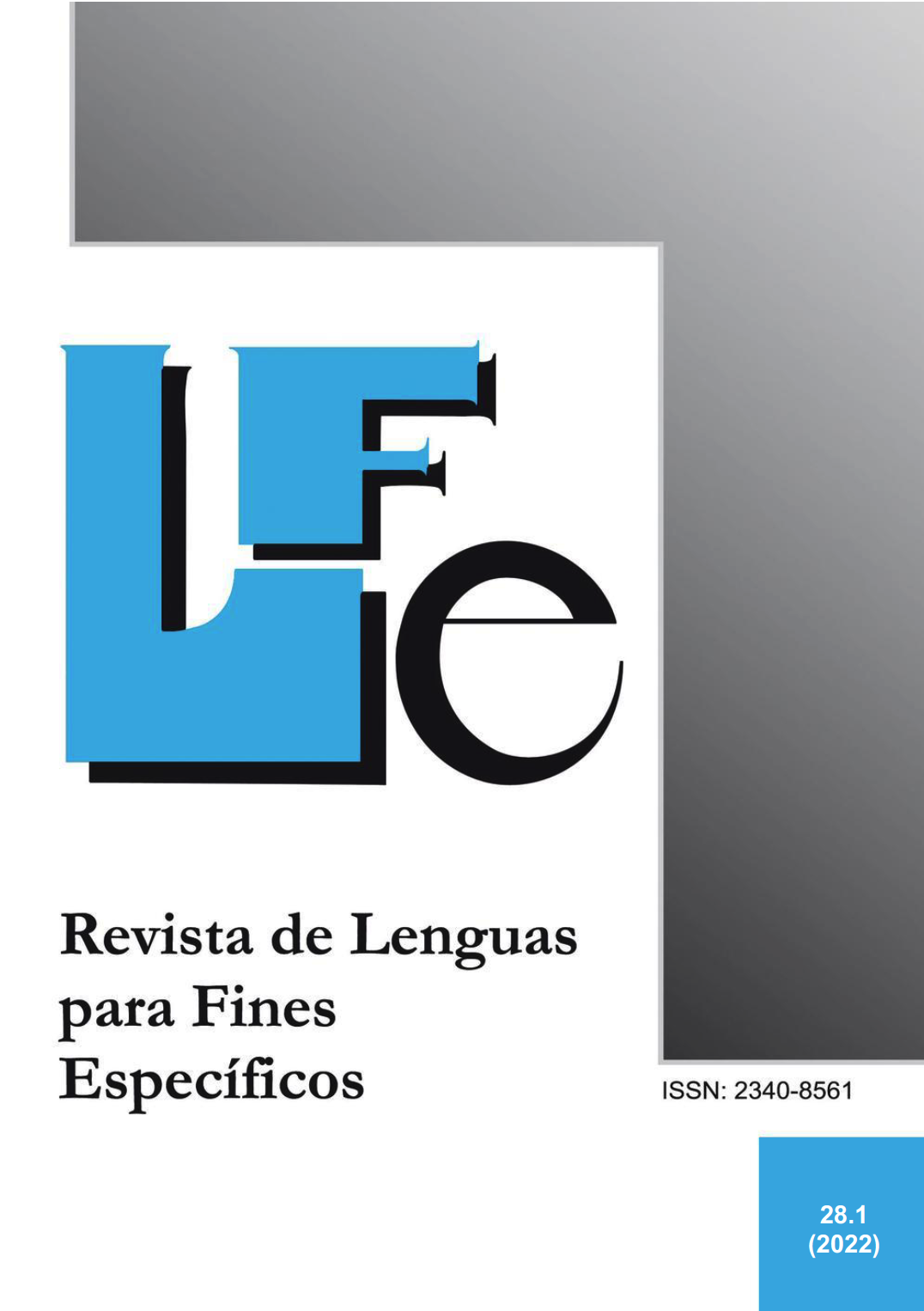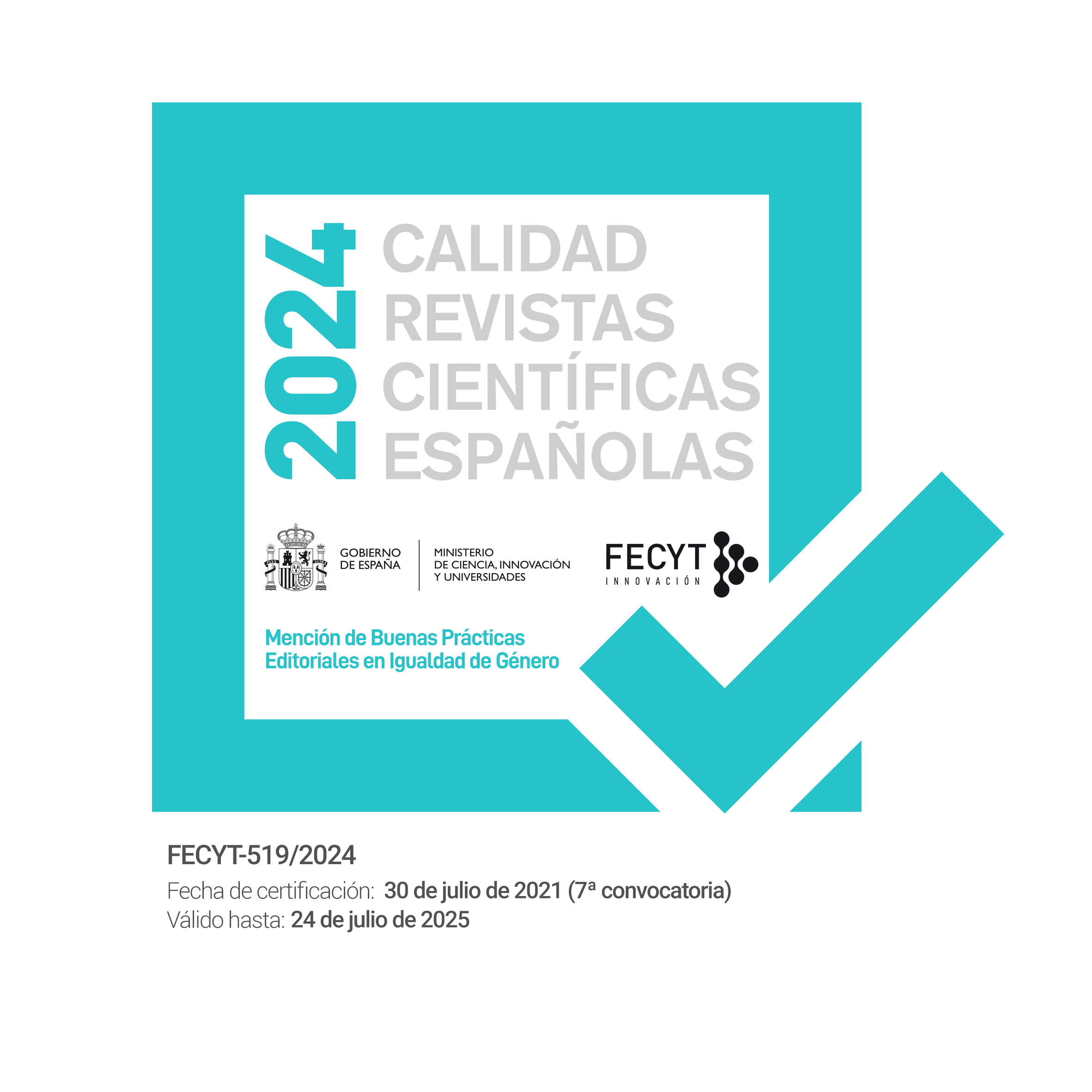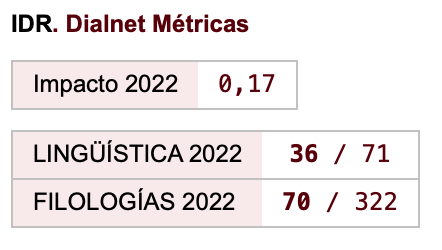Moodle E-learning Platform as a Complementary Tool in ICLHE Contexts
Keywords:
Moodle, CMS, ICLHE/EMI, digital genres, business-related degreesAbstract
Integrating Content and Language in Higher Education (ICLHE) or EMI (English Medium Instruction) is a topic widely studied nowadays. There are some studies on the learning and teaching processes and beliefs (Author, 2013, Jiménez-Muñoz & Lahuerta-Martínez, 2019) but, as far as we know, no research involves the use of complementary e-learning platforms or Course Management Systems (CMS) (i.e., Moodle). Nowadays, teachers are interweaving different concepts and terms in the classroom, dealing with both digital and traditional genres that have been digitalized and shared through diverse channels to reach their prospective audience. The main concern of this study is to analyse how ICLHE teachers in business-related degrees use Moodle. As the research was in progress during the Coronavirus crisis, it has conditioned in some way the results obtained. We hypothesize that ICLHE teachers may not use the e-learning platform the same way they would do it if they were teaching in the students’ L1 (Spanish/Valencian). We have analyzed the Moodle platform of 5 subjects in business-related degrees (4 EMI and one English for Specific Purposes (ESP) subjects), following our own taxonomy to classify the different resources and activities in the platform, as well as their purpose and use during the course. By means of a triangulation with the subject teachers, we have observed how they use the Moodle platform considering that these subjects are taught in English as an additional language. The analysis has been complemented by interviews with the teachers.
Downloads
References
Badía, A., Martín, D., & Gómez, M. (2019). Teachers’ perceptions of the use of Moodle activities and their learning impact in secondary education. Technology, Knowledge and Learning, 24: 483-499.
CENT (2020). Què és i per a què serveix l'Aula Virtual de l'UJI. Què és Moodle. URL: https://cent.uji.es/pub/aulavirtual101 [15/05/2022]
Chung, Ch. & Ackerman, D. (2015). Student reactions to classroom management technology: Learning styles and attitudes toward Moodle. Journal of Education for Business, 90(4): 217-223.
Cole, J. & Foster, H. (2008). Using Moodle: Teaching with the popular open source course management system. Sebastopol, CA: O’Reilly Media Inc.
Consell de Govern (2019). Reglament sobre les condicions d’ús de l’Aula Virtual Text consolidat aprovat en la sessió número 9-2019 del Consell de Govern del dia 31 d’octubre de 2019. URL: https://ujiapps.uji.es/ade/rest/storage/cbd7e247-b08f-46ab-b59b-a59854ab3224?guest=true [15/05/2022]
Correa Díaz, A. M. (2012). Teaching foreign trade in English through the modalities based on competences and using Moodle. PROFILE Journal, 14(2): 163-180.
Damnjanovic, V., Jednak, S., & Mijatovic, I. (2015). Factors affecting the effectiveness and use of Moodle: students' perception. Interactive Learning Environments, 23. DOI: 10.1080/10494820.2013.789062
Fortanet-Gómez, I. (2013). CLIL in higher education: Towards a multilingual language policy. Bristol: Multilingual Matters.
Gamage, S.H.P.W., Ayres, J. R., Behrend, M. B., & Smith, E. J. (2019). Optimising Moodle quizzes for online assessments. International Journal of STEM education, 6(1): 1-14.
Google (2020). Google Workspace for Education. URL: https://support.google.com/a/answer/7370133?hl=en&ref_topic=3035696 [15/05/2022]
Hodges, C., Moore, S., Lockee, B., Trust, T., & Bond, A. (2020). The difference between emergency remote teaching and online learning. Educause Review. URL: https://er.educause.edu/articles/2020/3/the-difference-between-emergency-remote-teaching-and-online-learning [15/05/2022]
Jiménez-Muñoz, A. & Lahuerta-Martínez, A.-C. (Eds.) (2019). Empirical studies in multilingualism. Analysing contexts and outcomes. Bern: Peter Lang.
Lotherington, H. & Jenson, J. (2011). Teaching multimodal and digital literacy in L2 settings: New literacies, new basics, new pedagogies. Annual Review of Applied Linguistics, 31, 226-246.
Moodle (2020). Moodle website. URL: http://www.moodle.org/?lang=en [15/05/2022]
Pinto-Llorente, A. M., Sánchez-Gómez, M. C., García-Peñalvo, F. J., & Casillas-Martín, S. (2017). Students’ perceptions and attitudes towards asynchronous technological tools in blended-learning training to improve grammatical competence in English as a second language. Computers in Human Behavior, 72, 632–643.
Redström, J. & Wiltse, H. (2019). Changing things: The future of objects in a digital world. London: Bloomsbury Publishing.
Servicio de Informática UJI (2019). G Suite for Education (Google Apps) URL: https://universitatjaumei.atlassian.net/wiki/spaces/ MANUJI/pages/5237907711/G+Suite+Apps-UJI [15/05/2022]
Wen, J., & Yang, F. (2020). Use of Moodle in College English Language Teaching (Reading and Listening) in China: A Narrative Review of the Literature. International Journal of Information and Education Technology, 10(6): 466-470.
Downloads
Published
How to Cite
Issue
Section
License
Authors who publish with this journal agree to the following terms:
- Authors retain copyright and grant the journal right of first publication with the work simultaneously licensed under a Creative Commons Attribution License that allows others to share the work with an acknowledgement of the work's authorship and initial publication in this journal.
- Authors are able to enter into separate, additional contractual arrangements for the non-exclusive distribution of the journal's published version of the work (e.g., post it to an institutional repository or publish it in a book), with an acknowledgement of its initial publication in this journal.
- Authors are permitted and encouraged to post their work online (e.g., in institutional repositories or on their website) prior to and during the submission process, as it can lead to productive exchanges, as well as earlier and greater citation of published work (See The Effect of Open Access).

Revista de Lenguas para fines específicos is licensed under a Creative Commons Reconocimiento-NoComercial-SinObraDerivada 4.0 Internacional License.
























